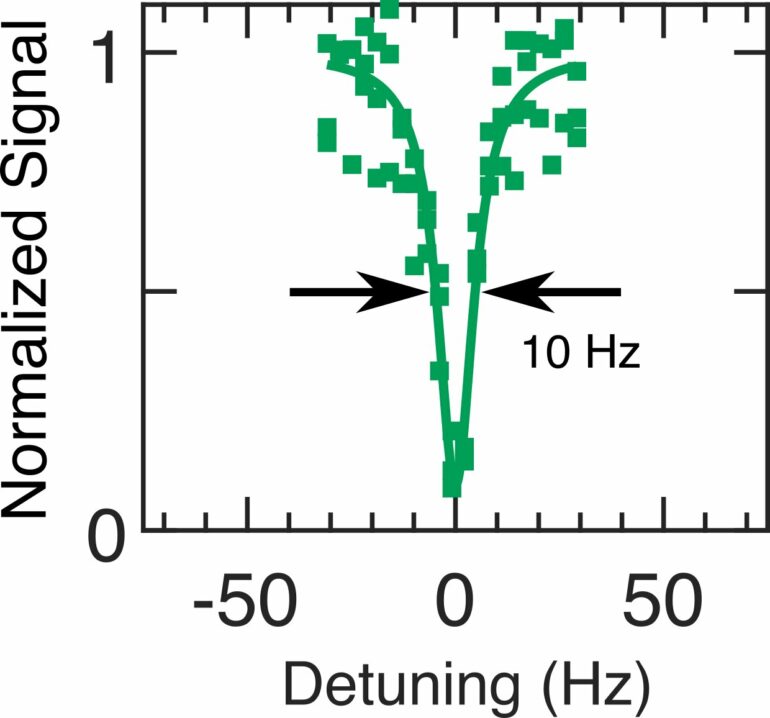One of the outstanding challenges in the field of condensed matter physics is finding computationally efficient and simultaneously accurate methods to describe interacting electron systems for crystalline materials.
In a new study, researchers have discovered an efficient but highly accurate method of doing so. The work, led by Zheting Jin (a graduate student in Yale Applied Physics) and his thesis supervisor, Sohrab Ismail-Beigi, is published in Physical Review B.
Developing methods to accurately describe interacting quantum electrons has long been of interest to researchers in the fields because it can provide valuable insights about many important aspects of materials. Describing the electrons at this level is tricky for a few reasons, though. One is that, because they’re quantum mechanical, they move in a wavy manner and tracking them is more complicated. The other is that they interact with each other.
Each component of this problem is “OK to deal with separately,” said Ismail-Beigi, Strathcona Professor of Applied Physics, Physics, and Mechanical Engineering & Materials Science. But when you have waviness and interactions, the problem is so complex that nobody knows how to solve it efficiently.
Like many difficult problems in physics and mathematics, one can in principle take a giant computer and numerically solve the problem with brute force, but the amount of computation and storage needed would be exponential in the number of electrons. For example, every time one adds a new electron to the system, the size of the computer needed increases by a factor of two (typically, even a larger factor). This means studying a system with about 50 electrons is infeasible even with today’s largest supercomputers. For context, a single iodine atom has 53 electrons, while a small nanoparticle has more than 1,000 electrons.
“On the one hand, the electrons want to move around—that’s to take advantage of the kinetic energy,” Ismail-Beigi said. “On the other, they repel each other—’don’t come next to me if I’m here already.’ Both effects are captured in the well-known Hubbard model for interacting electrons. Basically, it has these two key ingredients, and it’s a very hard problem to solve. No one knows how to solve it exactly, and high-quality approximate and efficient solutions are not easy to come by.”
The Ismail-Beigi team has developed a method related to a class of approaches that use what’s known as an auxiliary or subsidiary boson. Typically, these approaches require much less computational resources but are only moderately accurate as they treat one atom at a time. Ismail-Beigi’s team tried a different tack. Rather than examining one atom at a time, the researchers treat two or three bonded atoms at a time (called a cluster).
“Electrons can hop between the atoms in the cluster: we solve the cluster problem directly, and then we connect the clusters together in a novel way to describe the entire system,” Ismail-Beigi said. “In principle, the larger the cluster, the more accurate the approach, so the question is how large a cluster does one need to get a desired accuracy?”
Researchers have previously tried cluster approaches, but the computational costs have been prohibitively high and the accuracy has been wanting, given the added computational cost.
“Zheting and I found a clever way of matching different clusters together so that the quantities calculated between the different clusters agree across their boundaries,” he said. “The good news is that this method then gives a very highly accurate description with even a relatively small cluster of three atoms. Because of the smooth way one glues the clusters together, one describes the long-range motion of the electrons well in addition to the localized interactions with each other. Going into this project, we didn’t expect it to be this accurate.”
Compared to literature benchmark calculations, the new method is three to four orders of magnitude faster.
“All the calculations in the paper were run on Zheting’s student laptop, and each one completes within a few minutes,” Ismail-Beigi said. “Whereas for the corresponding benchmark calculations, we have to run them on a computer cluster, and that takes a few days.”
The researchers said they look forward to applying this method to more complex and realistic materials problems in the near future.
More information:
Zheting Jin et al, Bond-dependent slave-particle cluster theory based on density matrix expansion, Physical Review B (2023). DOI: 10.1103/PhysRevB.107.115153
Citation:
No need for a super computer: Describing electron interactions efficiently and accurately (2023, April 27)



